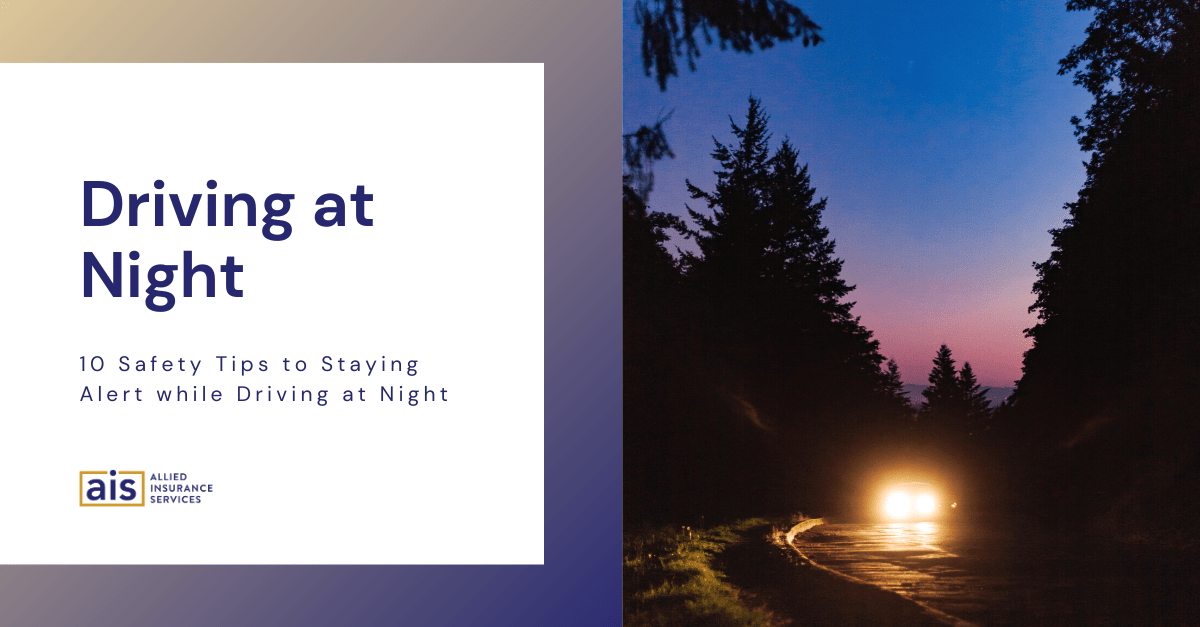
Driving at Night: 10 Safety Tips
1. Stay awake
This may sound obvious, but research shows that fatigue is the cause of many car crashes, and unsurprisingly most cases that involve fatigue related to crashes that occurred at night. Make sure to know your own body and mind, and if you need to pull over into a safe area and have a rest, or if possible, stop for the night, do not try to resist the urge!
2. Clean Car
While driving during the day it can be difficult to notice all the dust and dirt that’s covering your windshield, but at night, it’s a different story entirely. Make sure to keep your windshield and all of your windows clean so light doesn’t reflect and scatter when it hits the debris on your windshield in front of you.
3. Be extra aware
Risks are amplified once it becomes dark. Fundamentally, we see less when it’s dark as our car lights only illuminate a certain area in front of us. Keep your reflexes sharp and be aware of things in your peripheral you may not see immediately. An animal running out in front of you is scary at the best of times, let alone at night.
4. Slow down
Your reaction time will decrease as you are dealing with the extra mental and physical strains that come with driving at night. Just like driving to weather conditions such as snow and ice, drive to night conditions too.
5. Be vigilant of others
Just because you’re doing everything right does not mean everyone else on the road is. Other drivers may be impaired, due to alcohol, drugs or just fatigue. Be extra cautious around other vehicles.
6. Minimize your chances of being distracted
Just like during the day, minimize your chances of being distracted. Make sure that mobile phones go in the glove compartment, and make sure you can hear all of your surroundings above your radio.
7. Use your headlights sensibly
It can be tempting to turn your high beam headlights on to give you better visibility when driving at night. However, you must be aware of other drivers as this can be blinding to them. Only use your high beams when necessary and try to avoid turning them on when passing another vehicle.
8. Carry an emergency kit
Although we recommend buying an emergency kit and leaving it in your car 24/7, particularly considering the harsh conditions that the Canadian winter can bring, it’s even more important at night. Temperatures are generally lower, and the need for flashlights and reflective gear is also greater in low visibility and darkness.
9. Choose your route wisely
Some routes are better than others. If you know the area, try to take a route that you know that’s well-lit and where the conditions will not be overly precarious. If you don’t know the area, it can be worth doing a little research beforehand.
10. Wear that seatbelt
Make sure you and all of your passengers are wearing seatbelts. This goes without saying whether it be day or night, but, unfortunately, some people still believe that not wearing your seatbelt is a risk worth taking. Spoiler alert: it’s not. Wear it!
